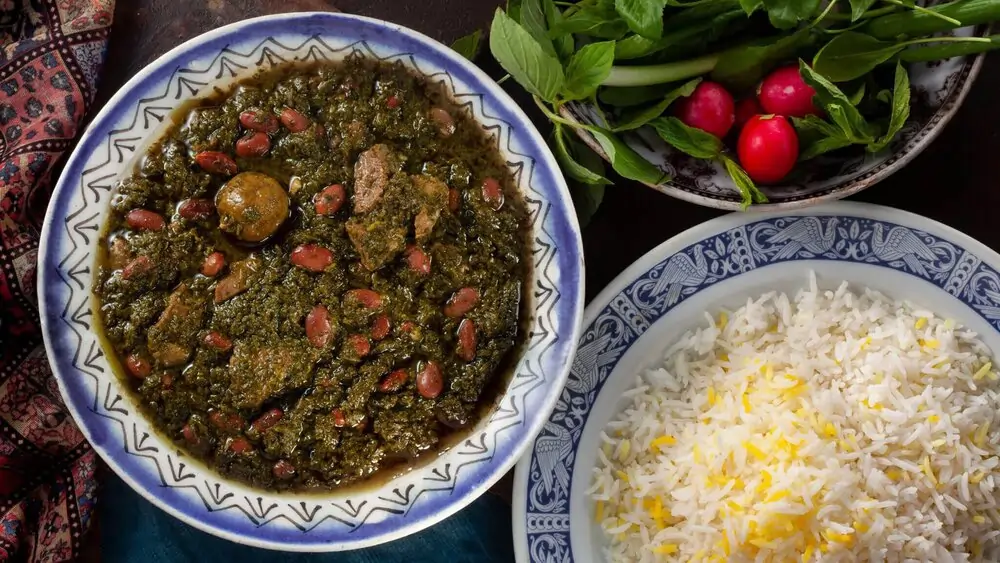
How to cook “Ghormeh Sabzi” (Persian Herb Stew)
Are you ready to experience the soul of Persian cuisine? Ghormeh Sabzi is one of tow main Persian meals, Kabab Koobideh is the first and then it is Ghoeme Sabzi which is not isn’t just a simple stew—it’s a flavorful journey rich with tradition, aroma, and comfort. Each spoonful brings together a symphony of fresh herbs, tender meat, and a splash of tangy dried lime, making it a true celebration at every Persian table.
Whether you’re new to Persian food or searching for the secrets to perfecting this iconic dish, our step-by-step guide unlocks everything you need to create an unforgettable Ghormeh Sabzi at home. Get ready to impress your family and friends with the legendary taste of Iran’s favorite herb stew!
What is Ghormeh Sabzi?
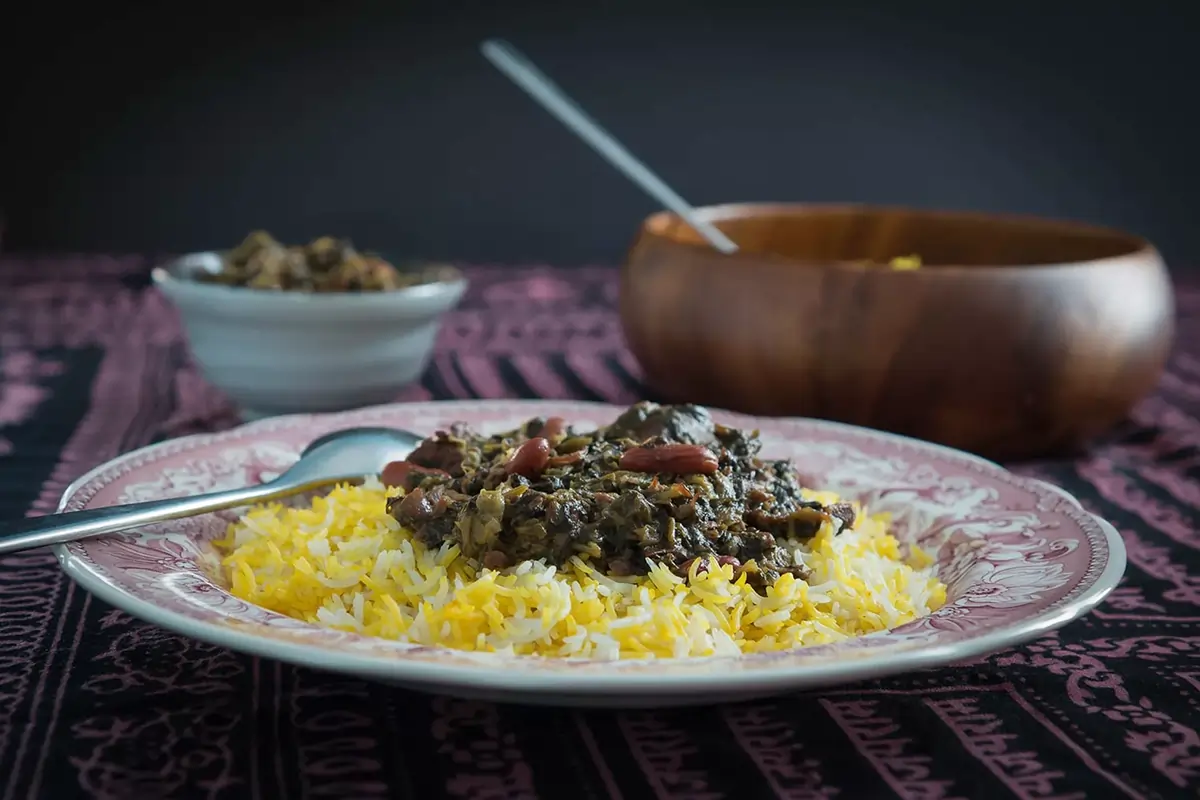
Ghormeh Sabzi is one of the most beloved and iconic dishes in Persian cuisine, which can not be easily found in any restaurant. Known for its rich flavor and aromatic blend of herbs, Ghormeh Sabzi is a slow-cooked stew made from a combination of fresh herbs, tender chunks of meat (traditionally lamb or beef), red kidney beans, dried limes (limoo amani), and spices.
Its name literally translates to “herb stew,” and it is often served with fluffy Persian rice (chelow) for a comforting and aromatic meal. Ghormeh Sabzi is more than just a dish; it is a symbol of Persian hospitality and tradition, enjoyed at family gatherings and festive occasions alike.
Ingredients to cook Ghoeme Sabzi
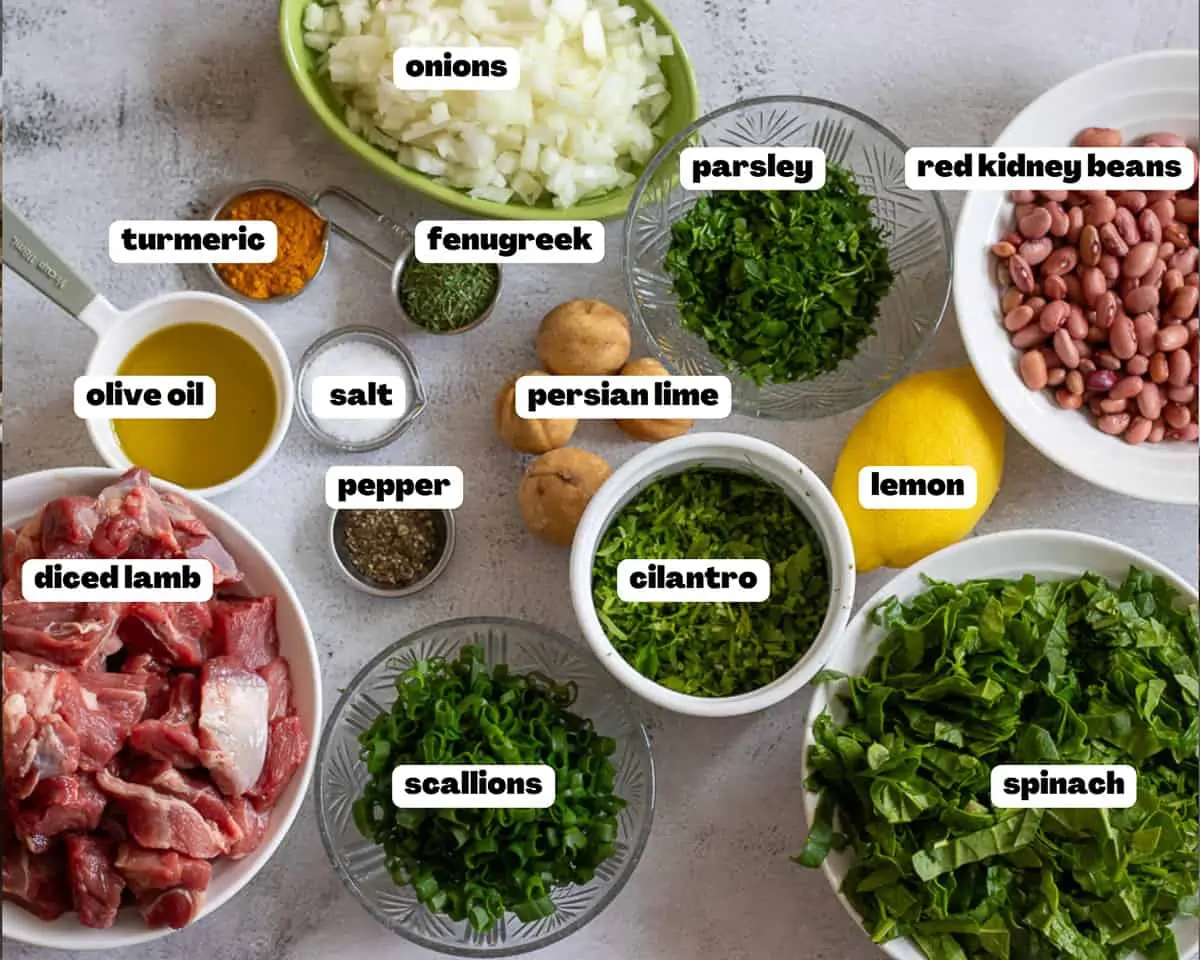
Traditional Ghormeh Sabzi relies on simple, natural ingredients. The freshness and balance of each component are key to achieving its distinct taste. Here’s what you’ll need:
Main Ingredients:
- Lamb or Beef: 500g, cut into 2-3 cm cubes (lamb shoulder or stew beef are ideal)
- Red Kidney Beans: 1 cup, soaked overnight (or use canned for convenience)
- Onions: 2 medium, finely chopped
- Oil: 3-4 tablespoons (vegetable or canola oil)
- Salt and Black Pepper
Fresh Herb Mixture:
- Parsley: 2 cups, finely chopped (stems removed)
- Cilantro (Coriander): 1 cup, finely chopped
- Chives or Scallions: 1 cup, finely chopped (or Persian leek, if available)
- Fenugreek Leaves: 2 tablespoons, chopped (dried or fresh; dried is more common and potent)
- Spinach: (optional) 1 cup, finely chopped
Other Essentials:
- Dried Limes (Limoo Amani): 2-4, pierced with a fork several times (or use 2 tbsp lime juice if unavailable)
- Turmeric: 1 tablespoon
- Optional additions: Green onions, spinach (for extra green color), or other local greens
How to Cook Ghormeh Sabzi
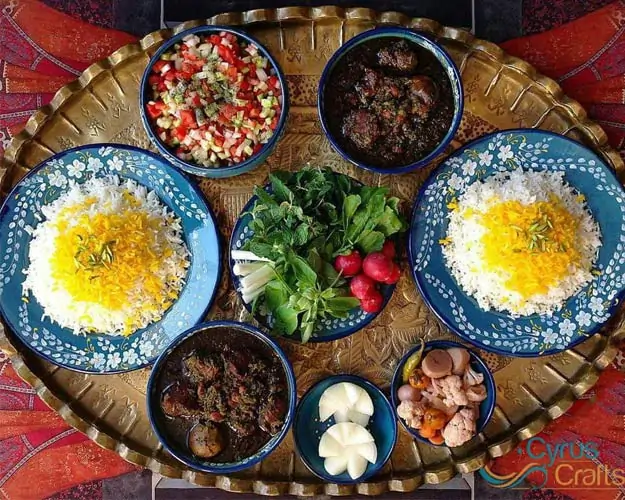
Follow these detailed steps for authentic flavor and texture:
-
Prepare the Herbs
- Wash all fresh herbs thoroughly to remove sand and grit.
- Dry them completely; excess water can affect the sauté.
- Finely chop or use a food processor for an even, fine texture.
-
Sauté the Herbs
- In a large non-stick skillet or pot, heat 2-3 tablespoons of oil.
- Add the chopped herbs and sauté over medium-low heat for 15-30 minutes.
- Stir constantly until the herbs are deep green and aromatic. This step brings out the flavor—do not skip or rush it.
-
Cook the Meat and Beans
- In a separate large pot, heat 1 tablespoon oil.
- Sauté onions until golden.
- Add cubed meat and brown on all sides.
- Sprinkle turmeric and fry for another minute.
- Add soaked and drained beans, and mix well.
- Cover with enough water (about 5 cups).
- Simmer for 30 minutes.
-
Combine and Slow Cook
- Add the fried herbs to the meat/bean pot.
- Drop in the dried limes (pierce them first to help release flavor).
- Season with salt and black pepper.
- Stir well, cover, and simmer gently on low heat for 1.5 – 2 hours, stirring occasionally.
- Skim any foam or fat that rises to the top.
-
Final Seasoning and Serving
Taste and adjust seasoning, adding more salt or dried lime juice if needed. The stew is ready when the beans are soft, the meat is tender, and the oil floats to the top. Serve hot with steamed Persian rice (chelow) and optional turmeric pickles or fresh Sabzi Khordan (herb platter).
Tips to Cook Ghormeh Sabzi
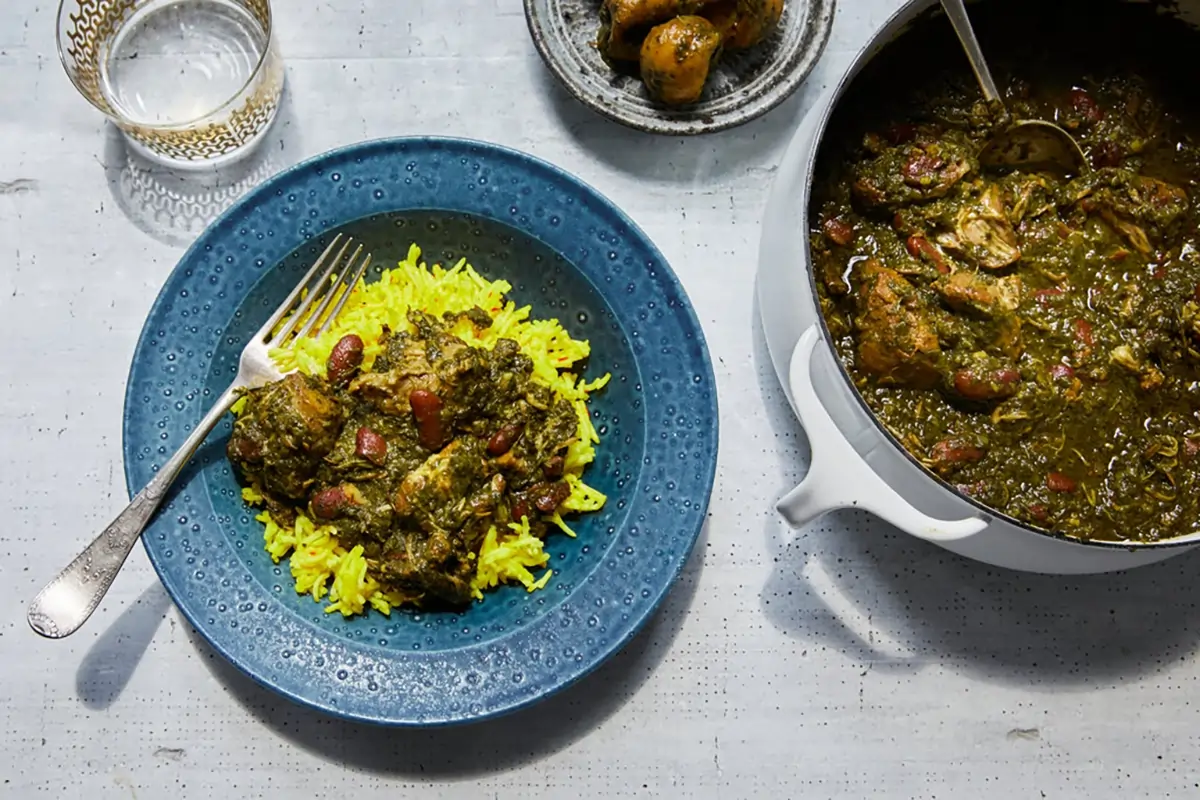
- Freshness of Herbs: Use fresh herbs when possible. Dried herbs are a usable alternative but lack some vibrancy.
- Herb Sauté: Do not burn the herbs! Stir frequently and use gentle heat for a lush, flavorful stew.
- Fenugreek Caution: Fenugreek adds complexity but is strong—use sparingly to avoid bitterness.
- Meat Choice: Lamb gives a richer taste, but beef is less fatty and equally traditional.
- Dried Limes: Essential for the signature tang. If unavailable, use lime juice, but the result will differ.
- Pot Size: Use a heavy pot to avoid burning or sticking during the long simmer.
- Bean Texture: If using canned beans, add them in the last 30 minutes of cooking to prevent mushiness.
- Flavor Depth: Let the stew sit for a few hours or overnight to enhance the flavors.
- Fat Layer: Don’t panic about the layer of oil on top; it’s a sign of a perfectly cooked Ghormeh Sabzi.
- Serving Suggestion: Serve with saffron rice, torshi (pickles), or freshly baked flatbread.
- Perfect Rice Tahdig: For the classic crispy Persian rice crust (tahdig), rinse your rice well, parboil until just tender, then layer the bottom of the pot with oil and either thinly sliced potatoes, flatbread, or a mixture of rice and yogurt before steaming. Cook over low heat until the bottom is golden and crisp—then invert and serve for an impressive finish!
What to Eat Beside Ghormeh Sabzi
To truly enjoy Ghormeh Sabzi the Persian way, it’s best served with a few delicious side dishes and accompaniments that elevate the meal. The most traditional pairing is steamed Persian rice (chelow), which soaks up the rich flavors of the stew.
Nutrition values of Ghorme Sabzi:
| Nutrient | Amount per Serving |
|---|---|
| Calories | 350 kcal |
| Protein | 22g |
| Total Fat | 16g |
| – Saturated Fat | 4.5g |
| Cholesterol | 55mg |
| Total Carbohydrate | 26g |
| – Dietary Fiber | 7g |
| – Sugars | 5g |
| Sodium | 600mg |
| Potassium | 820mg |
| Vitamin A | 30% |
| Vitamin C | 35% |
| Calcium | 10% |
| Iron | 23% |
finally…
Many people also enjoy Ghormeh Sabzi with Sabzi Khordan—a fresh herb platter featuring basil, mint, radishes, and feta cheese—for a refreshing contrast. Crisp, tangy torshi (vegetable pickles) add an extra layer of zest, while warm flatbreads like lavash or sangak are perfect for dipping. For added authenticity, serve your meal with doogh, a chilled yogurt drink seasoned with mint, to balance the aromatic herbs. These classic sides complete the experience and make every Ghormeh Sabzi meal a flavorful Persian feast!
FAQs about Ghormeh Sabzi
- Can I use dried herb mixes for Ghormeh Sabzi?
Yes, Persian markets sell dried Ghormeh Sabzi herb mixes. Rehydrate them before sautéing, but fresh herbs yield superior flavor.
- What can I substitute for dried limes?
Use fresh lime juice or lemon juice, but the flavor will be less complex and slightly different from the traditional dish.
- Can I make Ghormeh Sabzi vegetarian or vegan?
Absolutely! Replace meat with mushrooms, eggplants, or jackfruit, and use vegetable broth. The depth comes from herbs and dried lime.
- How do I store and reheat leftovers?
Store in airtight containers in the fridge for up to 4 days or freeze for 2-3 months. Reheat slowly on the stove to preserve flavor.
- Why do my herbs turn bitter?
Overcooking or burning, especially fenugreek, causes bitterness. Sauté gently and avoid high heat.
- Which rice is best to serve with it?
Persian long-grain rice (often Basmati) is ideal. Steam it for the classic, fluffy result.
- Can I use pressure cookers or slow cookers?
Yes! Both can drastically cut cooking time. Sauté herbs and onions first, then cook on a low setting for several hours.
- What is the oil layer on top of Ghormeh Sabzi?
It is from the herbs and meat. It locks in flavor and is a sign of an authentic, well-cooked stew. Skim if you prefer less.
- How spicy is Ghormeh Sabzi?
It is not traditionally spicy, but you can add chili flakes or peppers if desired.
- What are the most important tips for beginners?
Use good-quality, fresh herbs, properly sauté them, and be patient with slow simmering. Don’t skip the dried limes—they’re essential for authentic flavor.

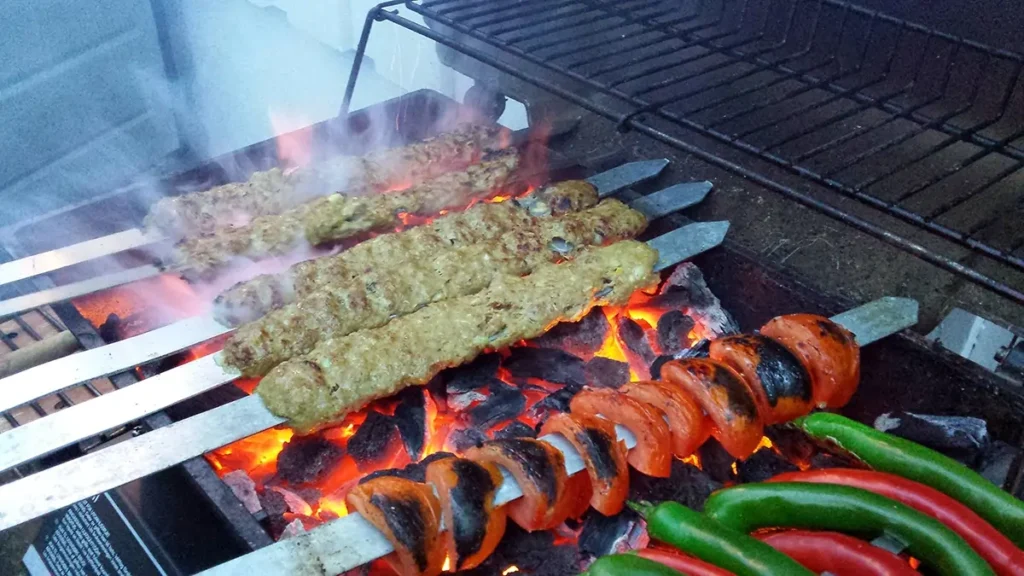
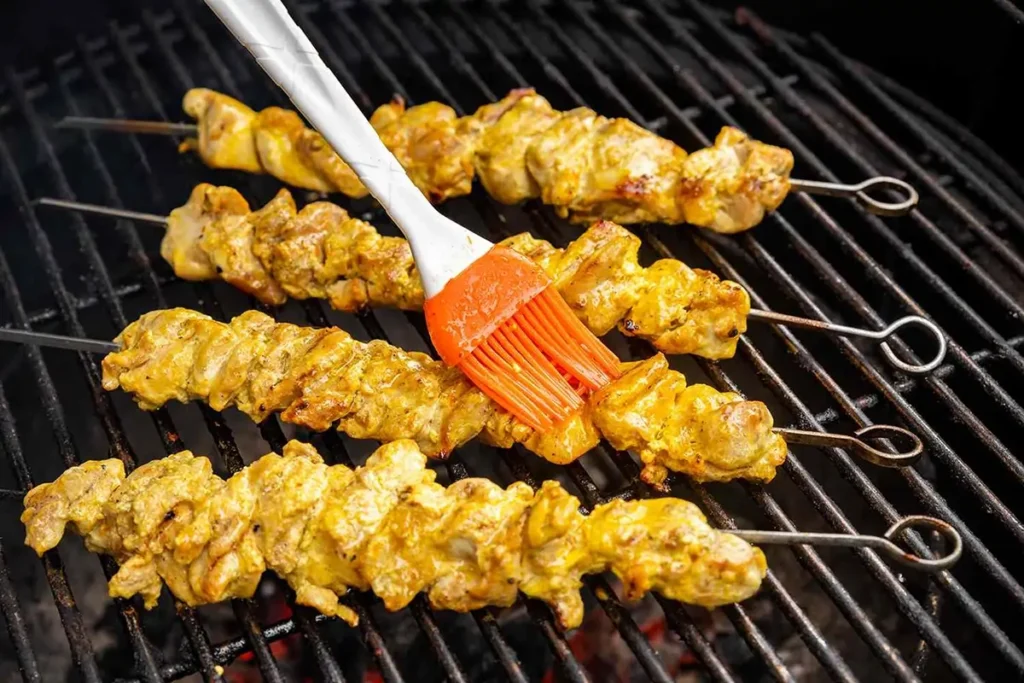
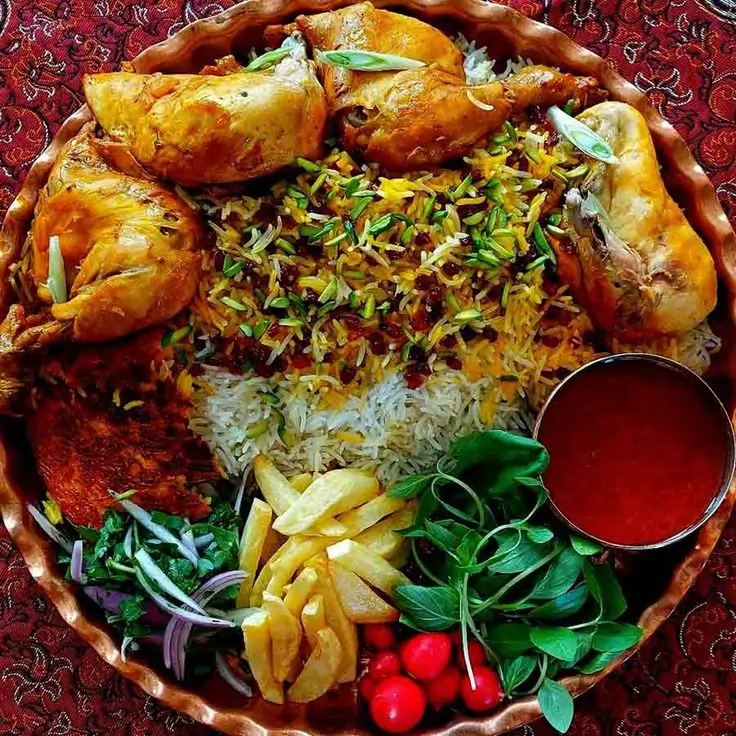
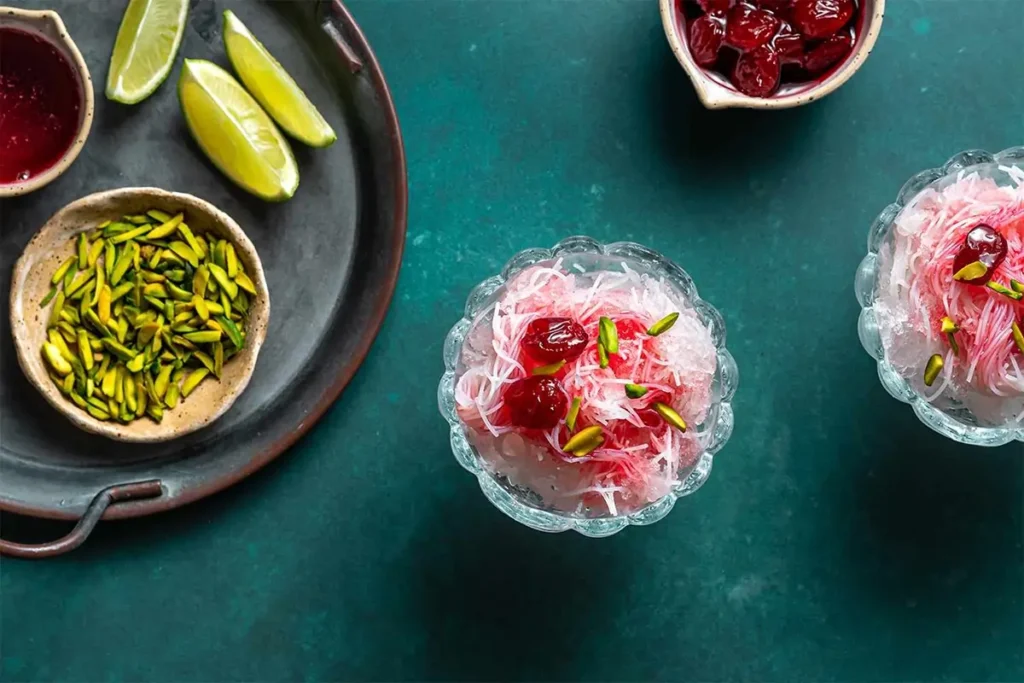
Responses